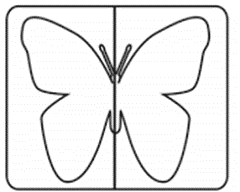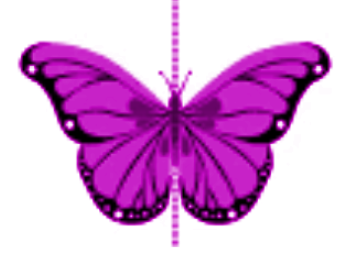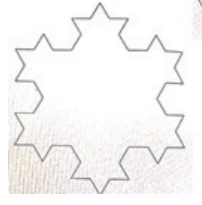Activity W3.5 Exploring Symmetry in Design
Divide students into groups and provide them
with coloured pencils or markers
along with blank
sheets of paper.
Asks each group to create a design that exhibits rotational
symmetry.
Encourage them to experiment with different shapes and colours
to make their designs more beautiful.
Discussion
Lead a discussion on the importance of symmetry in art,
architecture, and nature.
Encourage students to share examples of symmetrical patterns
they have noticed in their surroundings.
Explore
Take a nature walk around the school or nearby park and ask
students to identify objects with rotational and reflection symmetry.
Organize a field trip to a museum or art gallery to observe
symmetrical patterns in different forms of artwork.
Provide students with symmetry-themed puzzles and games to
solve collaboratively, fostering teamwork and critical thinking
skills.
Symmetry is not only a fundamental concept in mathematics but also
a source of inspiration for artistic expression.
By exploring rotational
and reflection symmetry, students can sharpen their observational
skills, enhance their creativity, and develop a deeper appreciation for
the beauty of symmetry in the world around them.
So, let's continue
to embrace symmetry as we embark on our journey of discovery and
creativity!
Activity W3.5: Exploring Symmetry in Design
Creating Designs with Rotational Symmetry
Objective:
To understand rotational symmetry through hands-on design activity and connect symmetry to real-world patterns in art, nature, and architecture.
Activity Instructions:
-
Group Work: Divide the students into small groups.
-
Materials: Give each group blank paper, colored pencils, compass, and rulers.
-
Task: Ask them to create original designs using basic shapes like circles, triangles, squares, or petals that show rotational symmetry.
-
Rotate and Repeat: Let them repeat the pattern around a central point (e.g., 60°, 90°, 120° rotations).
Examples:
-
Mandala Design using repeated triangle or petal shapes.
-
Flower pattern with 6 petals (rotational symmetry at 60°).
-
Star designs repeated around a center point.
Free-to-Use Image Suggestions:
Discussion:
-
Where do we see symmetry in life?
➤ Flowers, butterflies, spider webs, temples, mosques, palaces.
-
Why is symmetry important in art and design?
➤ It adds balance, beauty, and harmony.
Explore – Outdoor & Interactive Learning:
-
Nature Walk: Identify leaves, flowers, or insects with symmetry (e.g., starfish, butterflies).
-
Museum/Temple Visit: Observe symmetrical architecture and patterns.
- Symmetry Puzzle Corner: Tangrams, mirror drawings, folding symmetry paper challenges.
Reflection Questions:
-
How does creating patterns help you understand math better?
-
Can you name real-world objects that have rotational or reflection symmetry?
-
Why do you think ancient architecture used symmetry?
Wrap-Up Message:
Symmetry and geometry go beyond math books. They help us appreciate the design of nature and human creations. Through drawing, observation, and active exploration, students don’t just learn — they experience mathematics.
Let’s continue to embrace the beauty of symmetry as we design, explore, and discover more!






















